
Please install a more recent version of your browser.
22 December 2023
8 minutes read
Photo's: collection #14 Prana SS24 © Pietro Celestina
Every year in September, the jury of the Belgian Fashion Awards meet and, after mutual consultation, nominate one name for the Jury Prize: a designer whose work, attitude, philosophy and career deserve nothing but praise. After names such as Martin Margiela, Walter Van Beirendonck and Stéphanie D'heyghere, Antwerp born Jan-Jan Van Essche may also count himself among that list of honorees as he is now awarded with the Belgian Fashion Awards 2023 Jury Prize.
When Jan-Jan Van Essche graduated from the fashion department of the Antwerp Royal Academy of Fine Arts twenty years ago, he already won several awards. After a few years, in 2012, he then launched his own eponymous brand. He christened the first collection 'Yukkuri', Japanese for 'slowly' or 'take it easy' and it immediately hit the tone he wanted to set. Today, in a landscape of fast fashion or fashion aimed to score social media attention, his loose, luxurious clothing stands out for what they are not: not loud, not flashy, not 'Look at me!'. But in the end, today in 2023, his label can't be missed.
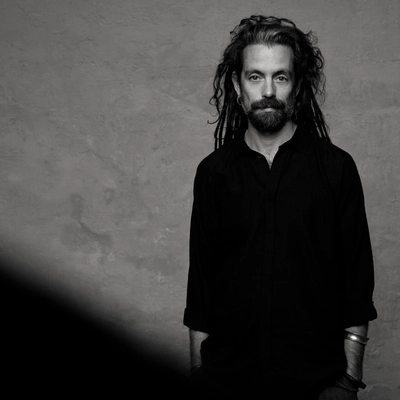
Jan-Jan Van Essche © Wannes Cre
I was surprised and had not seen it coming at all. The realization has yet to sink in.
In the aftermath of Pitti Uomo, we were picked up everywhere. Before that, I often had the feeling that everyone knew roughly what we were doing, but we were rather operating from our quiet corner. Well, that quiet is the nature of the beast. First and foremost, I seek recognition from my clients with my work. I want to make something that they really appreciate in their lives, and in that sense I am not concerned with things like awards. But this appreciation is, of course, a nice, flattering surprise.
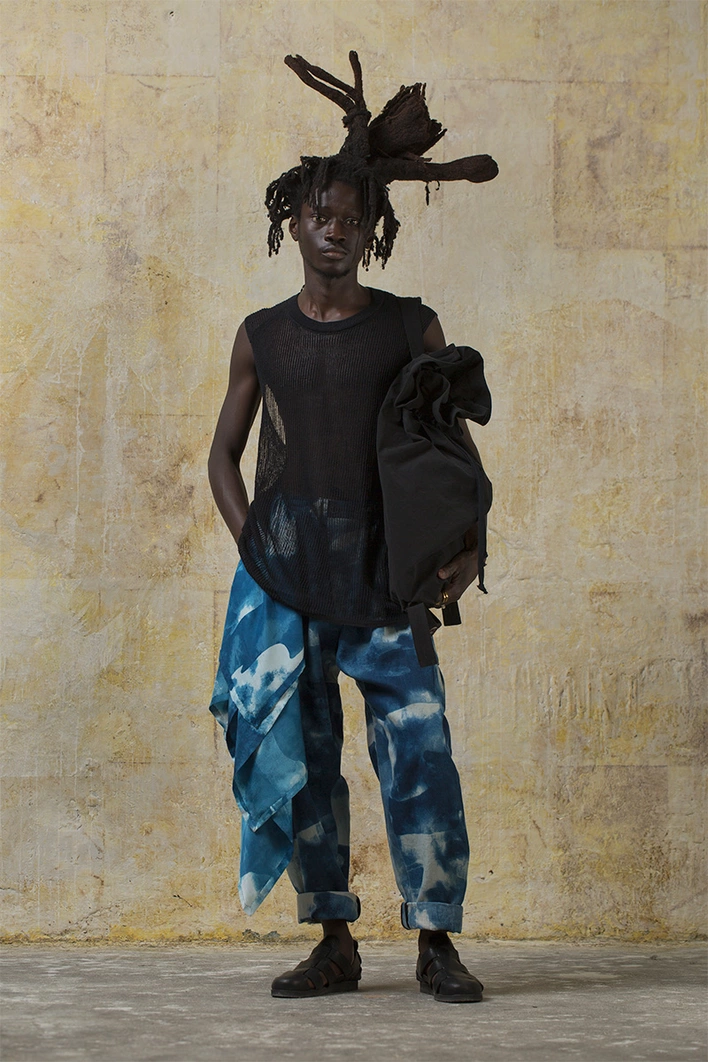
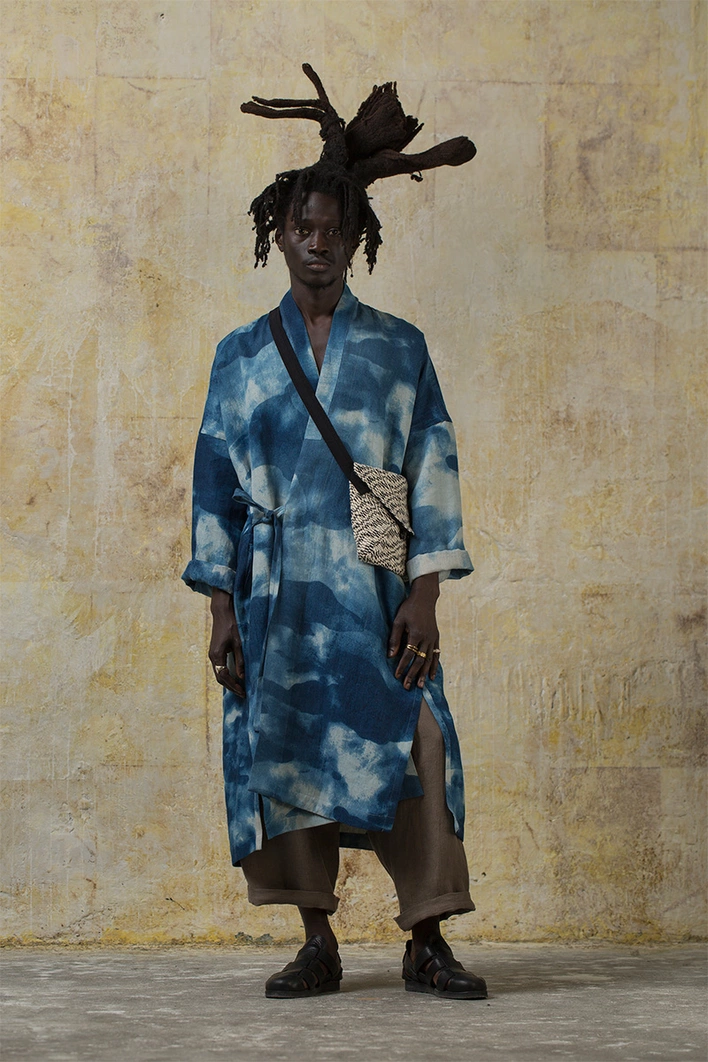
Sometimes I draw seventy sheets full of silhouettes in ten days. Then, at the pattern table, my neurotic side comes out, I want to get all the angles and lines straight.
I am equally a doubter with fear of the white sheet. I am always in conversation with Pietro (Celestina, his partner 'in work life and love', ed.) and the team: what do you think, how shall we do it? My name is on the label but it's really a team’s effort.
My hand feels more familiar than my head. I draw a lot and quickly to get an écriture automatique, that's how I try to turn off my head to put my intuition on the page. Sometimes I draw seventy sheets full of silhouettes in ten days. Then, at the pattern table, my neurotic side comes out, I want to get all the angles and lines straight.
But I wouldn't describe myself as someone with a lot of self-confidence; I allow a lot of doubt into my work. What I do trust in is a kind of humanity: if you don't lie, you can't be caught as untruthful. I extend that philosophy: my collections are not just an idea, they are who I am, what I want to make and what I want to live in.
We are still independent, and that's something we are very happy with. Once you start working with investors, your company changes, and you have to do more management, while I want to continue drawing and organizing fittings myself.
On the other hand, are we really small? Sales grow every year, and we are sold in the stores I want. In the beginning, I thought around 35 points of sale would be a good average for our niche, and we've surpassed that by now. We don't make mass-produced items, and I want to keep it that way.
I wouldn't necessarily do things differently. Just keep the trust and be patient.
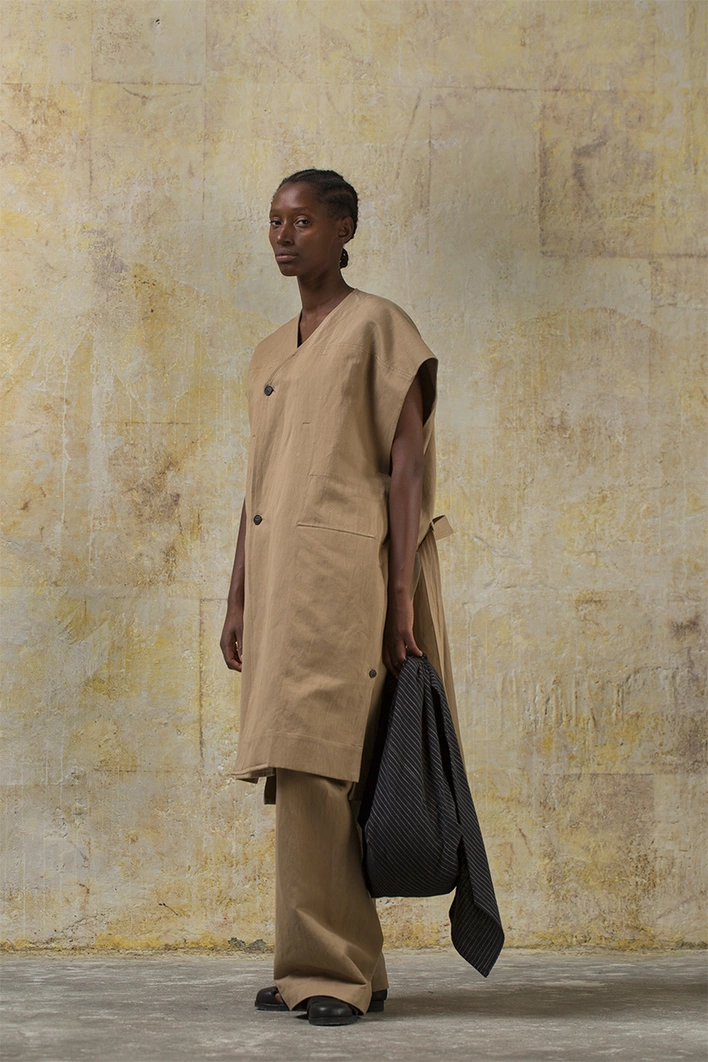
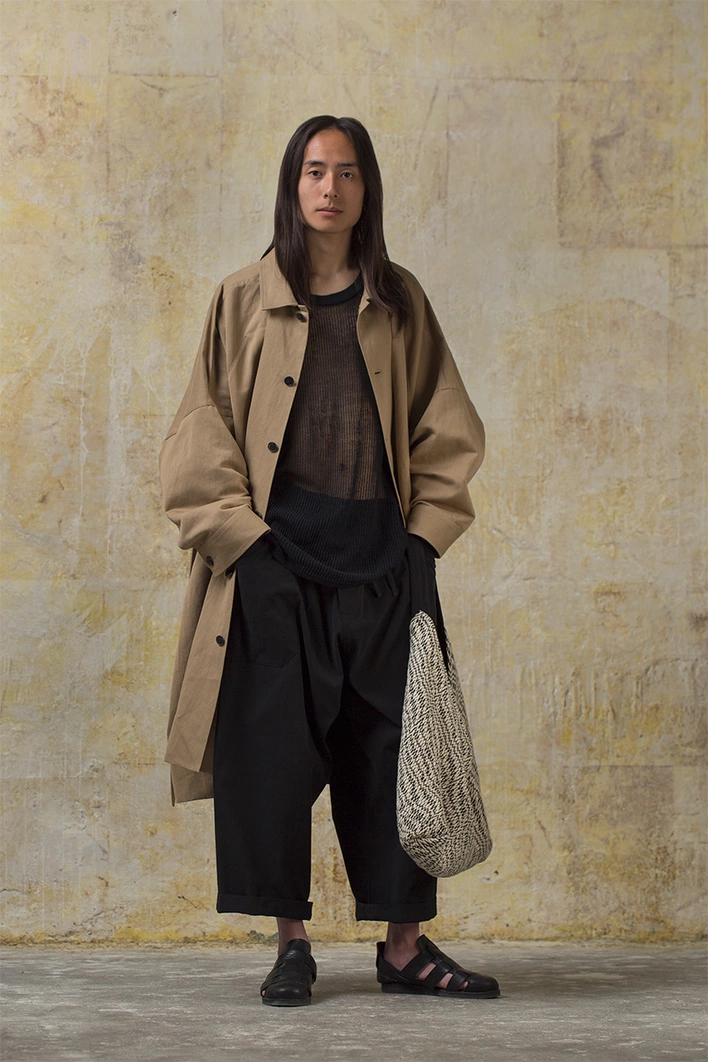
That is mainly Pietro's domain and talent. Foresight, anticipating, keeping an eye on cash flow and creating a good balance: for example, I use expensive fabrics but try to use them as correctly as possible to maintain high quality. Above all, being true to who you are and not watering down your concept is also important to me. What also helped us a lot was that with Atelier Solarshop (Pietro's store, ed.) we have our own outlet where you can show the collection like nowhere else and get direct feedback from customers.
We did it. In the midst of the financial crisis of 2008, we started with an investment of barely 1,000 euros. Initially, it was a capsule project with embroidered t-shirts and sweatshirts. Every penny earned was invested in the next collection. This allowed us to grow gradually: we got a foothold with manufacturers by producing at quiet times, and because I made all the prototypes myself and went on site to explain them, we created space for dialogue and appreciation.
As early as the age of eight, I knew I wanted to attend the academy, but it wasn’t actively. At the Steiner School, I learned to crochet and draw, and I was always busy with my hands: playing with fabrics, folding paper, coming up with systems... but it wasn't with a grand career plan in mind – I'm not that calculated (laughs).
The idea of the Antwerp Six, with different designers and their individuality, stubbornness, and the fashion school that emerged from it, appealed to me. Although my first year was a reality check: I thought I could draw, but I had to seriously readjust. After that, it went smoothly – of course, there was sweating, gnawing, and doubting, but I never had to resit exams and felt like a good mid-range performer. Because I literally lived around the corner, I could have dinner at my mother's, and still had my childhood friends, I was a bit of an outsider in the international class (laughs). And then, upon graduation, much to my surprise and everyone else's, I suddenly got high grades.
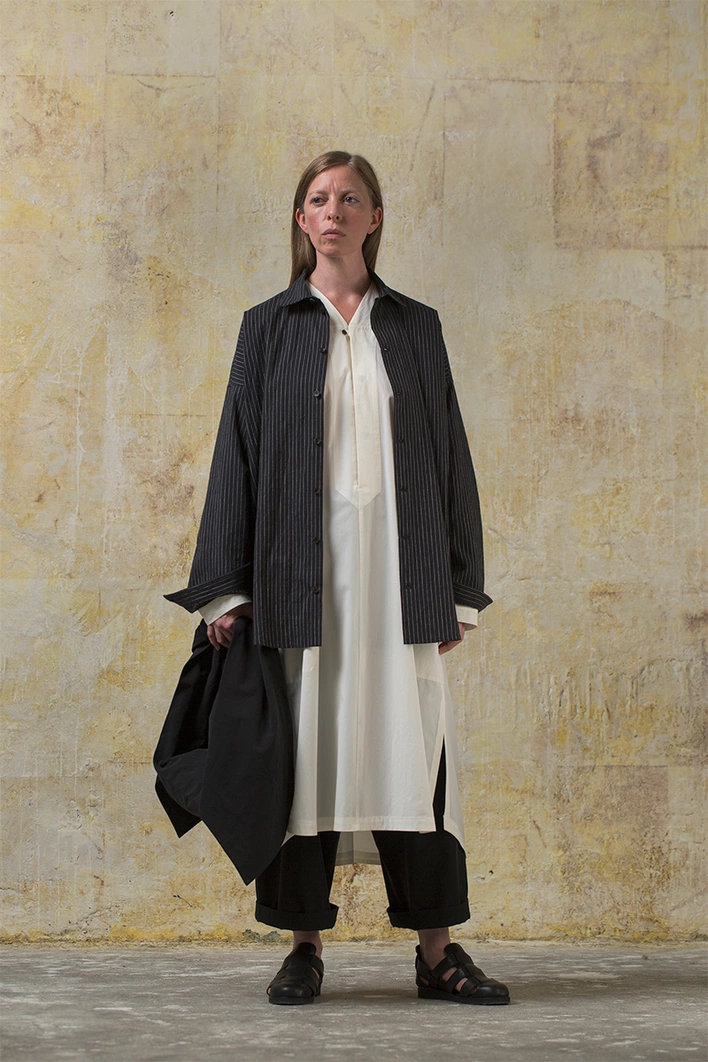
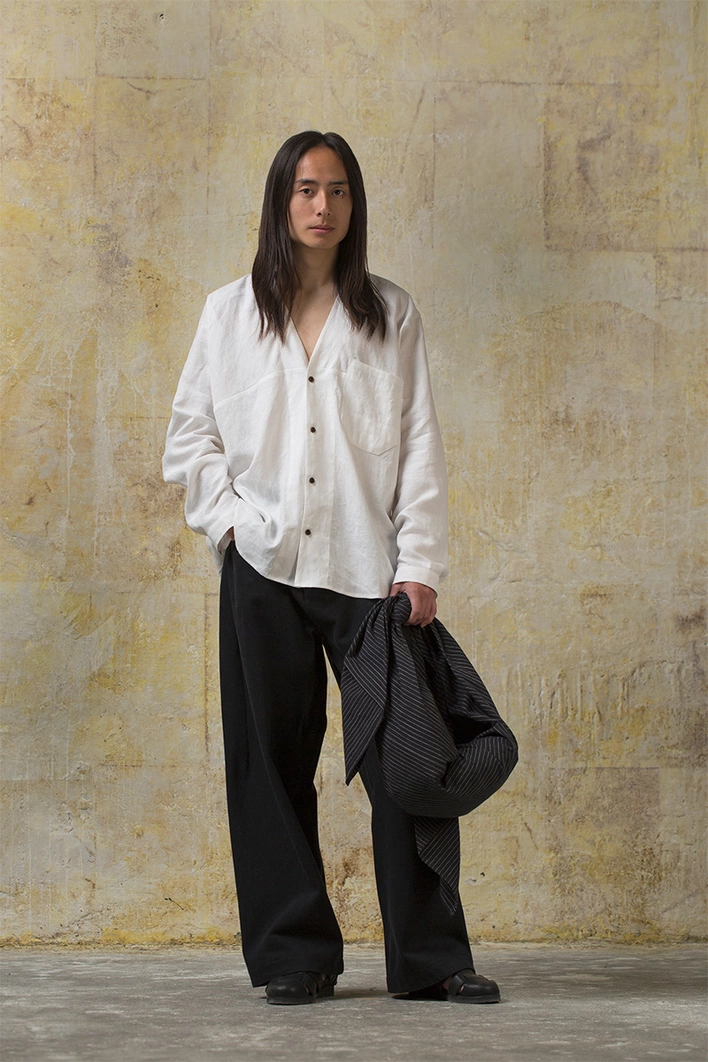
Applying for jobs after graduation was difficult and for a while I worked for my father who makes sets for movies and television. In hindsight, I may have dropped some stitches, waiting for calls instead of chasing after them and not enough asking for help, but it eventually got me to where I am today. I first took a few more commercial jobs (Van Essche worked briefly for a children's brand and Lee Jeans, ed.) before I dared to admit by the age of 30 that I wanted to do it for myself. That leap took guts, because I didn't have the right experience and I carried that imposter syndrome with me for a long time. After every showroom in Paris I still think: wow, another collection made, this is real.
Of course. With the salary we pay ourselves, I wouldn't be able to pay for my clothes just like that. On the other hand: in Japan, we have fans of barely twenty who save up to buy maybe one or two pieces a year. You're obligated then to create a product that you know will still be well-made in five years, the fabric will age beautifully, and the design is timeless.
I know why the clothes are so expensive: they are not easy to make, everything is produced in Europe at fair prices and because of the small quantities you miss out on economies of scale. That's the reality of the product and I don't want to compensate for it with cheap fabrics, mass production or by boosting the brand commercially. I would have a much bigger problem with that morally than the fact that the clothes are the price they are.
By keeping it small, honest and artisanal, we are often more sustainable than the brands that use it as a marketing strategy.
People often ask me "how I worked on my sustainability" but I'm not into that, that's just the foundation. I don't like labels, they are all too often used for greenwashing. By keeping it small, honest and artisanal, we are often more sustainable than the brands that use it as a marketing strategy.
We have always been genderless, but I feel that the looseness and simplicity of the clothes resonate more today. That's also why Pitti Uomo invited us: what they sense emerging globally, they saw in us ten years ago.
Every collection includes a number of designs handwoven in our studio by Lamine Diouf, one of our team members. With these pieces, we aim to emphasize the slowness and depth of our collections; they are the icing on the cake. From thread to kimono it takes easily about two and a half days and is true couture.
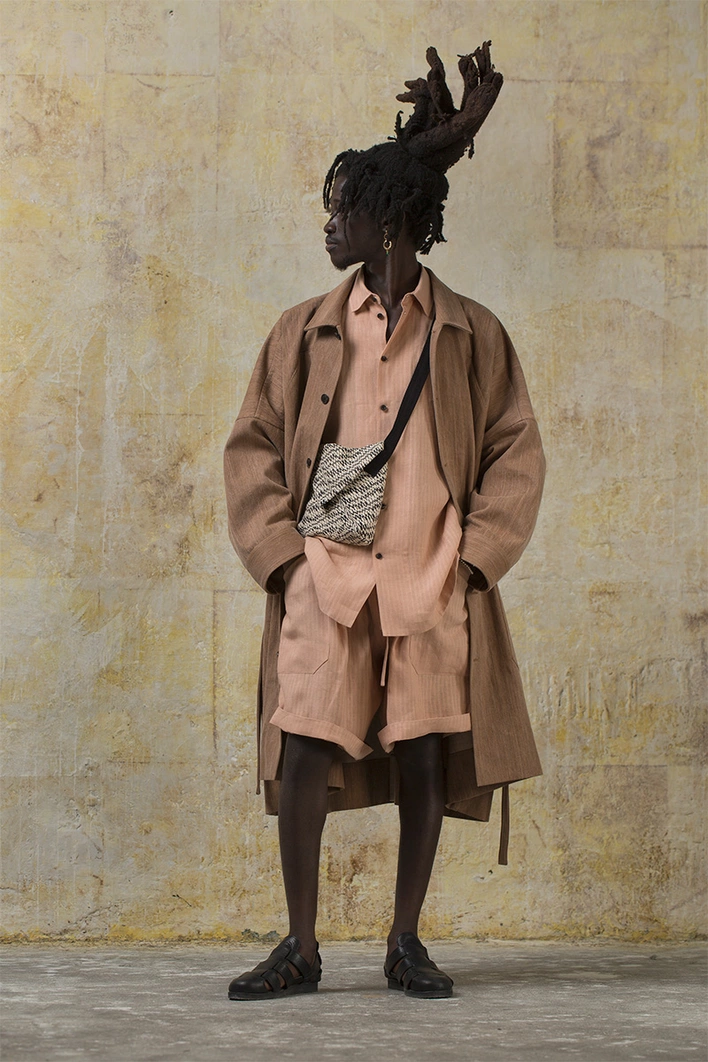
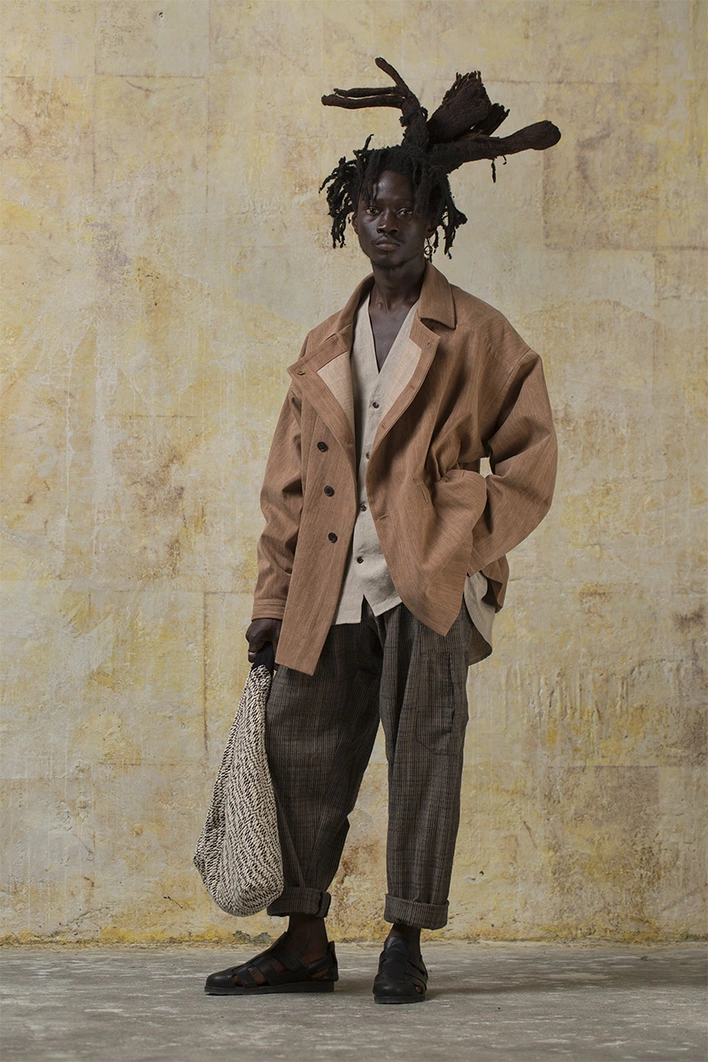
People who connect with that deeper dimension often become loyal customers.
Many of our fabrics are Japanese because there are still many craftsmen and specializations there. For example, this fabric (Van Essche points to his checkered shirt, red) has an incredibly deep color because the fibers were dyed before being spun into a thread. Such a nerdy detail goes unnoticed by most people, but for me, it's genuinely exciting.
I always say that you only understand my clothes when you wear them: you don't have to buy them, but try them, feel them. People who connect with that deeper dimension often become loyal customers.
I aim for comfort and freedom, which is why, for example, I ensure that the shoulder lines transition straight into the sleeves, allowing you to raise your arms without exposing your stomach.
My grandfather was a tailor. While I find all the craftsmanship such as raising, adjusting, and adapting for lower shoulders or shorter legs in classical tailoring fantastic, in my hands and my mind, it goes the other way around: I create clothes from large squares that shape themselves to your body. Due to the vagueness of the design and the room for movement in the cut, you feel: I don't have to be anything or anyone other than myself. If a piece of clothing conveys that feeling, it's ready.
In Mali, I saw a boubou for the first time, a rectangular garment that fell completely differently on everyone. That straight line fascinated me, so I started drawing, developing my own visual language. However, it couldn't be folkloric or historical; it had to tell its own story, even though there are dedications and references to other cultures—no one in the world is free from influences. During my first visit to Japan, I discovered a farmer's kimono with a sleeve construction that I thought I had invented (laughs).
Ethnic links are more of an affirmation afterwards than direct inspiration in that sense. Cross-pollination has been happening for ages, but you have to be able to step back and not simply appropriate things. I know it's a thin line, but as long as you act with knowledge and respect, I believe you're on the right track, and I think I've found my way.
Just continue as we are. And no more working on Sundays (laughs).
Cookies saved